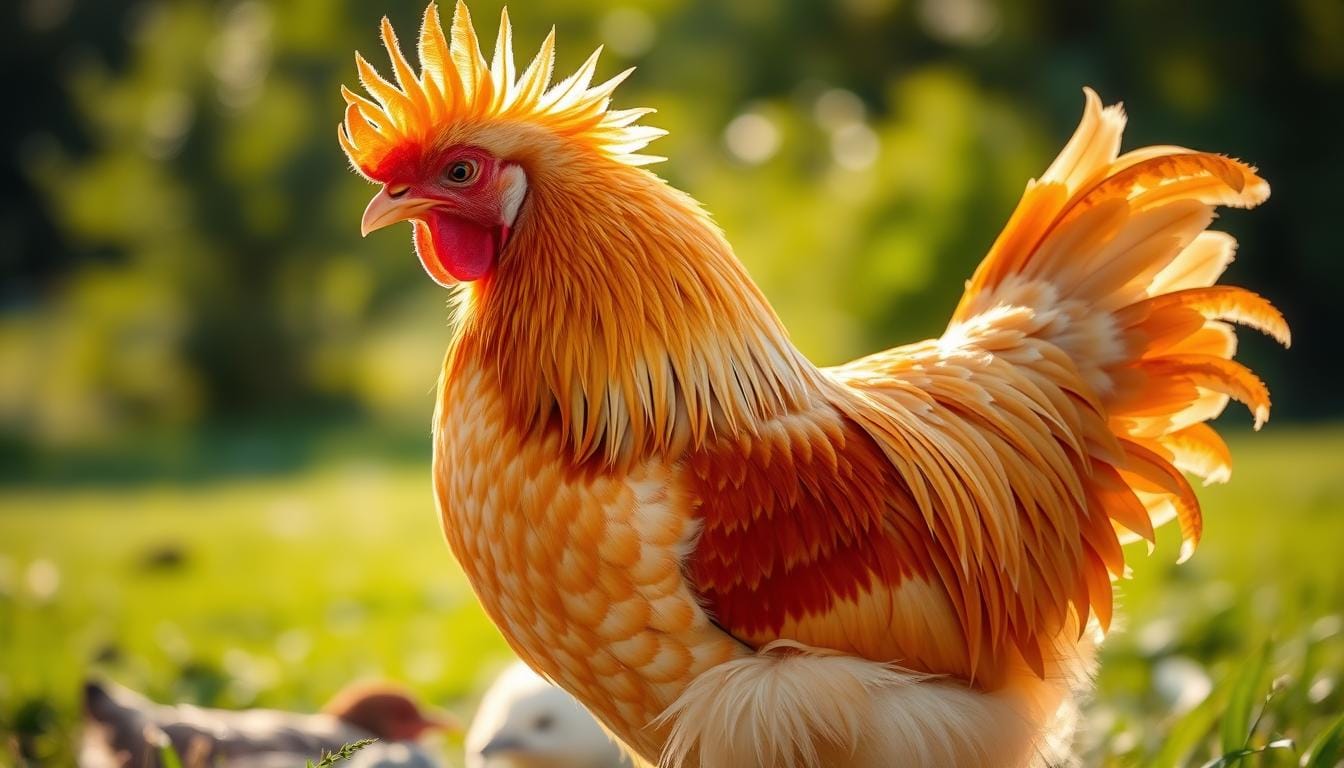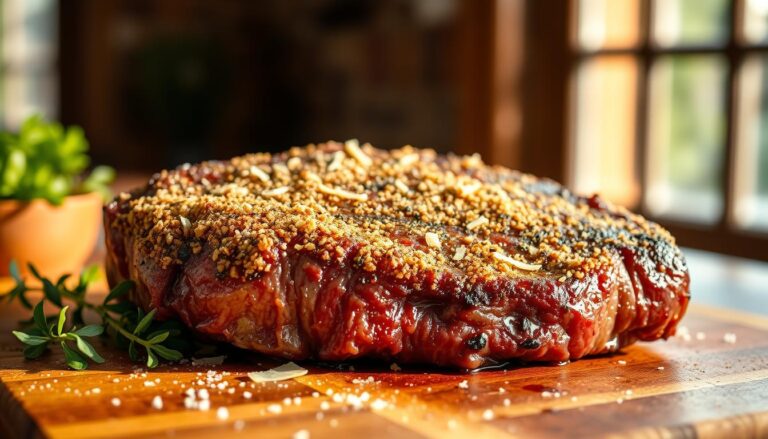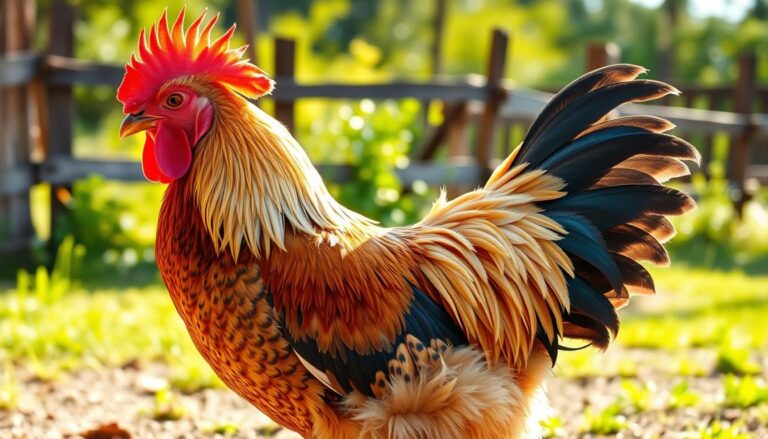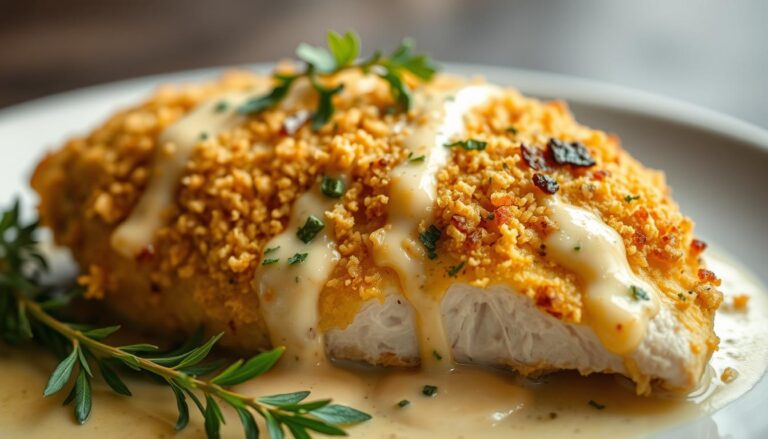Learn About Golden Laced Polish Chicken Breeds
Table of Contents
Learn About Golden Laced Polish Chicken Breeds
If you’re looking for a unique and eye-catching chicken breed, the Golden Laced Polish stands out. Known for their striking golden-black feathers, these birds are a favorite among poultry enthusiasts. Their elegant crest adds to their charm, making them perfect for exhibitions.
Originally from the Netherlands, this breed gained APA recognition in 1874. Though once rare, they’re now recovering as heritage birds. Many breeders, like Cackle Hatchery®, have helped preserve their lineage since 1971.
These chickens aren’t just pretty—they’re friendly and great for backyard flocks. While they don’t lay as many eggs as some breeds, their docile nature makes them wonderful pets. Keep reading to explore their appearance, temperament, and care needs.
Key Takeaways
- Distinct golden-black plumage makes them a showstopper.
- Recognized by the APA in 1874 with Dutch origins.
- Dual-purpose: exhibition birds and backyard pets.
- Moderate egg layers with a calm temperament.
- Heritage breed with recovering conservation status.
Golden Laced Polish Chickens: A Striking Ornamental Breed
Few chicken breeds capture attention like these feathered showstoppers. Their stunning looks and regal presence make them a top choice for poultry lovers who appreciate beauty in their flock.
Distinctive Crest and Plumage
The most eye-catching feature is their signature crest. This fluffy headpiece requires regular grooming to prevent matting and keep feathers clean. Since it can block their vision, these birds may startle easily—keep their environment calm.
Their plumage is equally impressive. White feathers edged in black create a laced pattern, giving them a refined look. Unlike some breeds, they have non-feathered legs and a single red comb, adding to their neat appearance.
“The contrast between their gold-trimmed feathers and dark edges makes them a standout in any flock.”
Size and Weight Specifications
Despite their ornamental appeal, they have a compact, sturdy frame. Here’s what to expect:
- Hens: Average 4.5 lbs
- Roosters: Reach up to 6 lbs
- Pullets/Cockerels: Typically 4-5 lbs during growth
They fit the APA’s Continental class standards perfectly. While smaller than dual-purpose breeds, their manageable size makes them easy to handle.
For those who love variety, Silver Laced Polish offers a similar build but with reversed coloring—black feathers with white edges instead.
Temperament and Personality Traits
Understanding a chicken’s behavior helps you build a better bond with your flock. These birds blend a friendly demeanor with occasional skittishness, making their personality both endearing and intriguing. With a 94% recommendation rate from poultry keepers, their charm is undeniable.
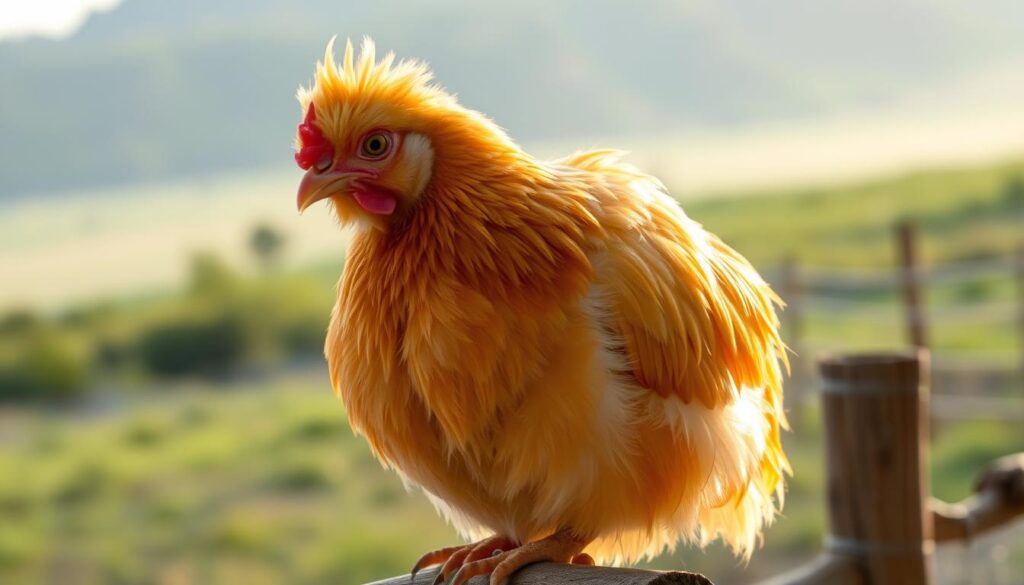
Docile Yet Flighty Nature
Despite their docile temperament, their fluffy crests limit vision, causing sudden reactions. Keep roosts low (2-4 ft) to prevent injury. They’re shy around loud noises but warm up quickly with gentle handling.
“Their playful curiosity shines once they trust you—just move slowly to avoid startling them.”
Social Behavior in Flocks
They thrive in groups with a clear pecking order. One rooster per 7 hens minimizes aggression. Pair them with calm breeds like Crested ‘Top Hat’ Specials to reduce stress.
- Predator Alert: Limited vision makes them vulnerable—secure coops are a must.
- Polish Surplus Comparison: Less assertive but equally social.
Egg Production and Laying Habits
Egg production is a key factor for many backyard chicken keepers, and this breed delivers consistent results. While not the most prolific layers, their medium white eggs and steady output make them a practical choice for small flocks.
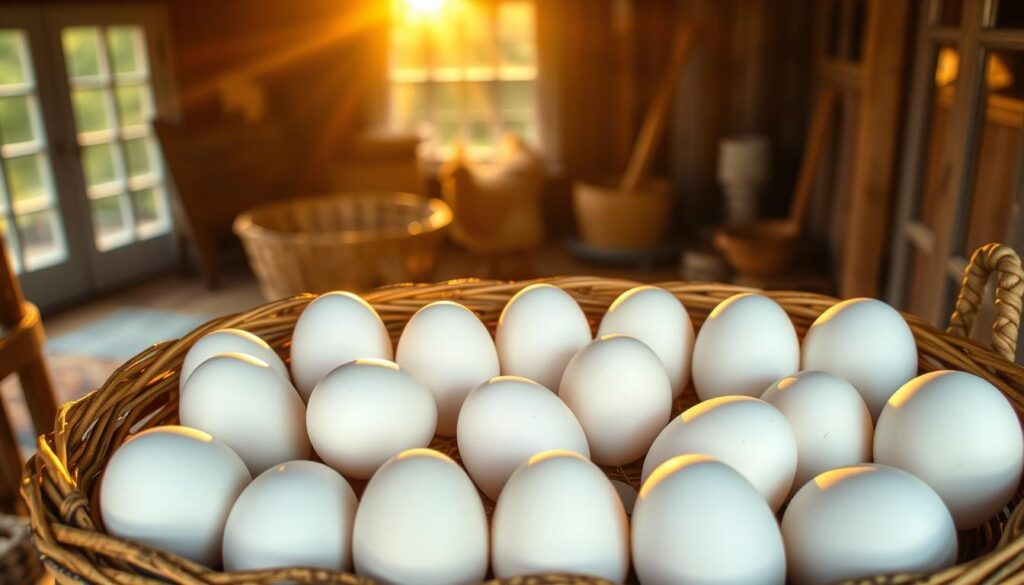
Egg Size, Color, and Quantity
Expect 150–200 eggs annually per hen, with a notable 40–55% fertility rate. Pullets lay smaller eggs initially, but mature hens produce uniform medium-sized ones. Compared to high-production breeds like Leghorns, their output is modest but reliable.
“Their eggs are consistently sized and perfect for baking—I get about 4 per week per hen!” — Cackle Hatchery® customer
Seasonal Laying Patterns
Like most breeds, laying slows in winter without supplemental light. They’re non-broody, so you won’t need to manage nesting behavior. Key takeaways:
- Winter reduction: Natural decrease; add lighting to maintain output.
- Health: Shipped chicks often come vaccinated for Marek’s disease.
- Consistency: Mature hens lay steadily from spring to fall.
Care Tips for Golden Laced Polish Chickens
Proper care ensures your chickens stay healthy and vibrant. Their unique looks require specific attention, especially for their crest and living space. Follow these guidelines to keep your flock safe and comfortable.
Protecting Their Crest Feathers
The fluffy crest is iconic but needs regular upkeep. Gently trim overgrown feathers to prevent vision blockage. Use rounded scissors and avoid cutting too close to the skin.
Keep their living area clean to avoid matting. A damp cloth helps wipe debris from their crest. For show birds, consider a lightweight hood to protect feathers during messy activities.
“Regular grooming prevents tangles and keeps them looking their best.”
Coop and Environmental Needs
A coop should be secure and well-ventilated. Use hardware cloth to deter predators like raccoons. Roosting bars should be low (2-3 feet) to accommodate their limited vision.
In summer, provide shade and fresh water to manage heat. Winter demands insulation—add straw bedding and check for frostbite on combs. These birds ship February-August, with a minimum order of 3 chicks.
- Crest Maintenance: Trim monthly and check for mites.
- Coop Design: Elevated floors prevent dampness.
- Seasonal Adjustments: Heat lamps in winter, fans in summer.
Conclusion: Is the Golden Laced Polish Right for Your Flock?
Deciding on the right chicken breed depends on your priorities—beauty, eggs, or both. These chickens excel as ornamental birds, but their moderate egg output may not suit production-focused keepers.
Ideal for exhibition breeders or family flocks, their docile nature shines in calm environments. Check Cackle Hatchery® for stock alerts if they’re sold out—their popularity means quick sell-outs.
Compare them to Silver Laced Polish for similar looks with reversed coloring. Before you order, ensure your setup meets their needs: crest grooming, predator-proof coops, and small flock sizes.
Ready to add elegance to your coop? Contact breeder farms today for specifics. With proper care, this breed will dazzle in any flock.
FAQ
What makes Golden Laced Polish chickens unique?
How big do these chickens get?
Are they good egg layers?
What’s their temperament like?
How do you care for their crest feathers?
What coop setup works best?
Can they tolerate cold weather?
Do they get along with other breeds?
For more cooking tips, stay connected with us. We also recommend the cookbook Skinnytaste Simple: Easy, Healthy Recipes with 7 Ingredients or Fewer
For more Recipes about Chicken

